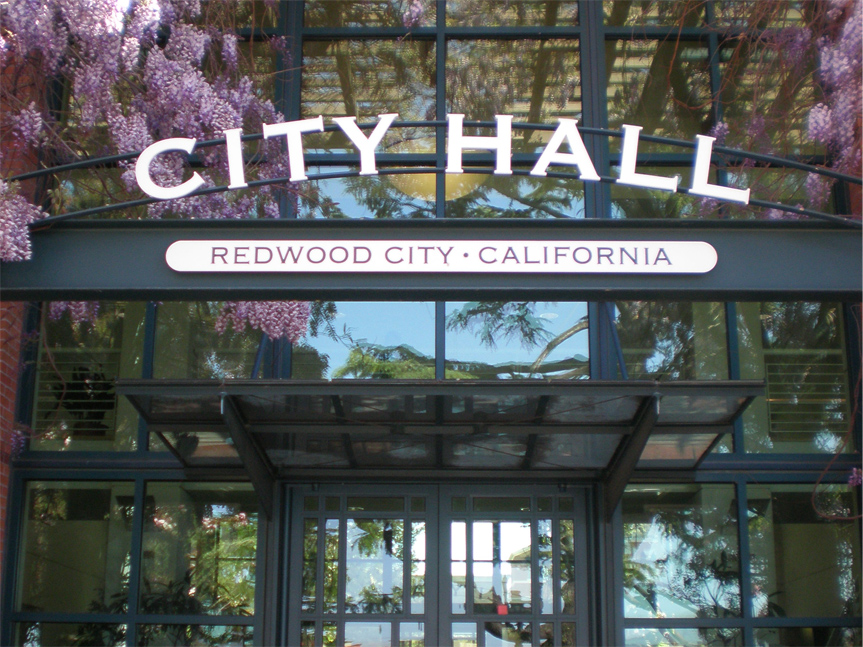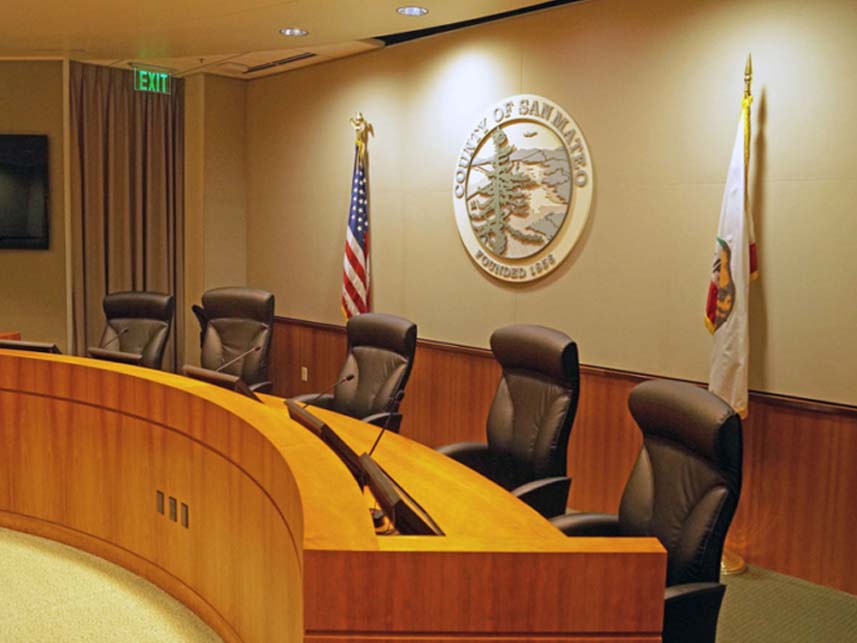Maternity leave policy debated for RWC commissions, boards

An all-woman dais at Monday’s Redwood City Council meeting was divided on whether to implement a maternity leave policy for those serving on city boards, committees and commissions.
With Mayor Ian Bain absent Monday, the council discussed implementing an attendance policy for voluntary boards, committees and commissions, or BCCs, which the city hopes will encourage attendance so that government business is not delayed due to a lack of quorum.
But some councilmembers took issue with the proposed policy’s apparent lack of flexibility for new parents, particularly mothers.
Councilmember Giselle Hale proposed to amend the policy to allow for three months of maternity leave, with the possibility of requesting up to six months. While Hale’s proposal received support from Councilmembers Shelly Masur and Alicia Aguirre, it got pushback from Councilmembers Janet Borgens, Diana Reddy and Vice Mayor Diane Howard.
No decisions were made Monday. The policy was returned for further review to the council’s Governance Subcommittee and to await a return to the council of the lone male, Mayor Bain.
Hale, who was a new mother when she served on the city’s planning commission, recommended a maximum six months for maternity leave, as it reflects the American Pediatric Association’s recommendation that newborns be breastfed exclusively for the first six months.
“BCC meetings can take up to four hours, they are filmed, they are in front of the public and during that time a nursing mom can experience engorgement, which can be physically painful or minimally uncomfortable,” Hale said.
A maternity leave policy would make it “welcoming for women of child-bearing age to serve our city government,” she added.
Vice Mayor Howard said she’d prefer that leave of absences by new mothers are requested rather than required. Howard cited high demand for BCC positions (“you get 20 people wanting two seats, she said”) and added that guaranteed leaves of absences should not apply to voluntary positions.
Borgens agreed to allowing three months of absence, with the ability to extend, but added, “six months for me is too long.” She advocated for rules that allow for flexibility for both mothers and fathers serving on commissions, including agreeing to have meetings end earlier at night.
“I do respect the rights of a mother who has just given birth and has to nurse,” Borgens said. “I have gone through the same thing. But I made a decision during that time what my priorities would be, and it wasn’t to take on something that was going to put me in an uncomfortable position.”
Added Reddy, “I am concerned when we have a meeting, that we cannot conduct a meeting due to lack of quorum. I would support any accommodation that might be needed short of extending the period from three to six months.”
Masur, on the other hand, favored a six-month leave. With women being elected in record numbers, Masur said it was important to ensure young mothers have an opportunity to serve.
“I don’t want people to have to make a choice between having a baby and sitting on a board or commission for the city of Redwood City,” Masur said. “That’s not how I envision us as a city.”
Aguirre supported Hale’s proposal, and also expressed support for another of Hale’s ideas:
“I’m all for being able to breast feed on the dais,” she said.









